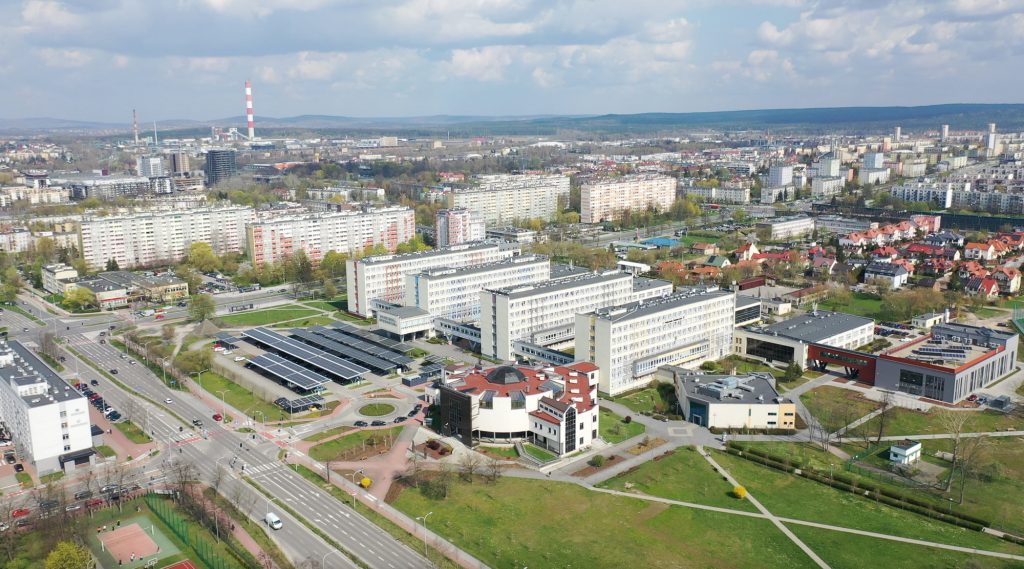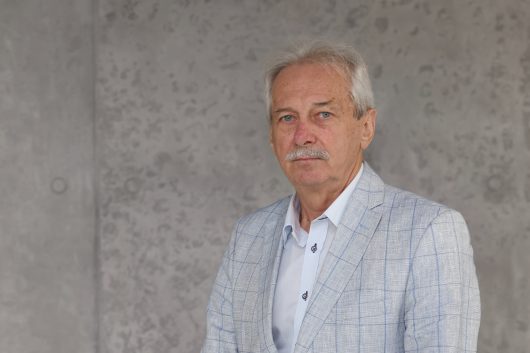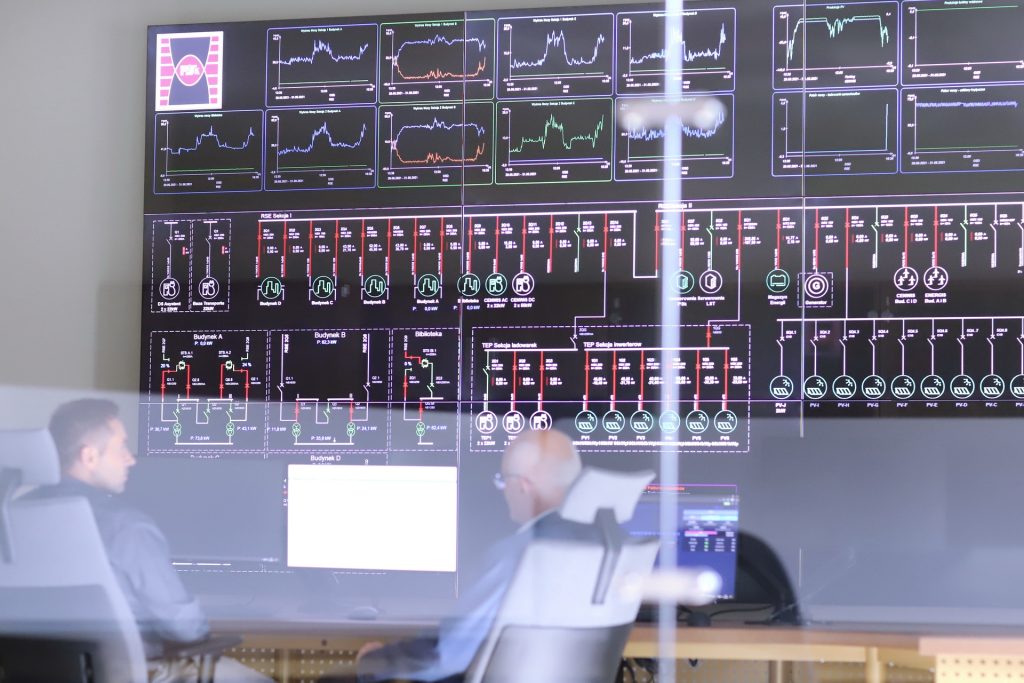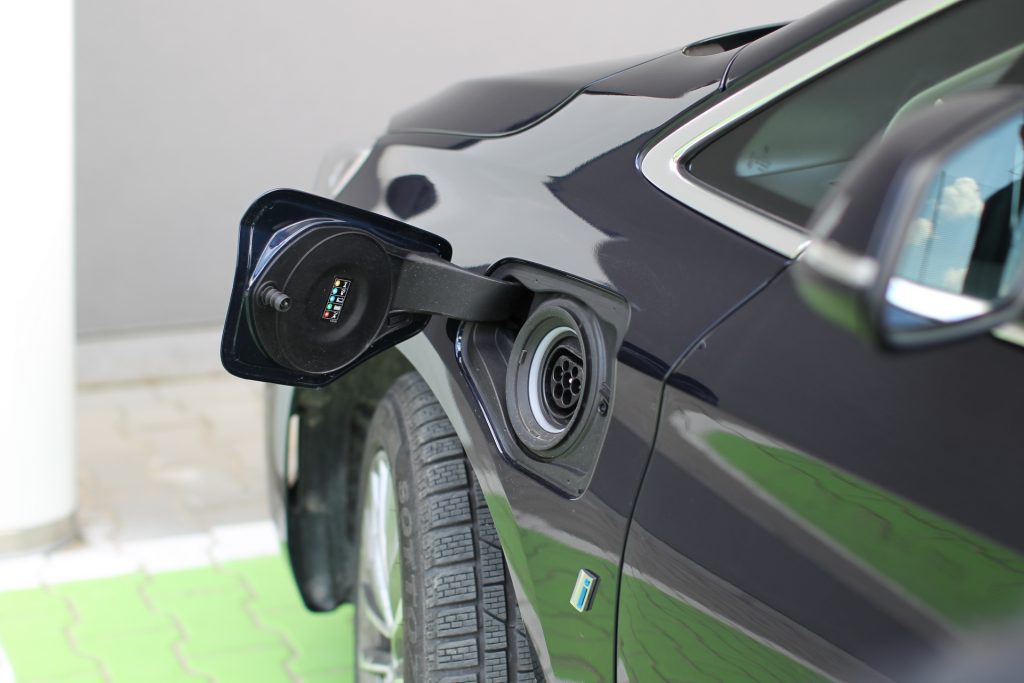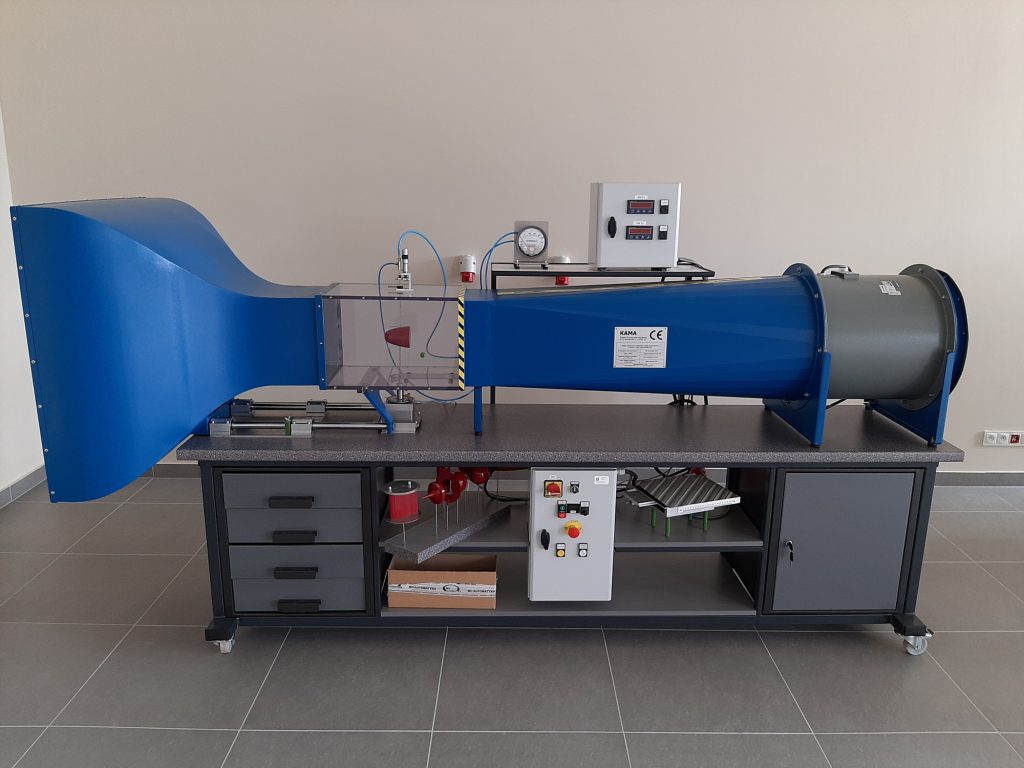The state-of-the-art Laboratory offers a wide range of research and product work using the technology and advantages of the 3D environment. Our competitive advantage is 3D devices: SLS printing with two metal powder printing trays and ceramics with two trays; giving the ability to collect images of objects of different sizes.
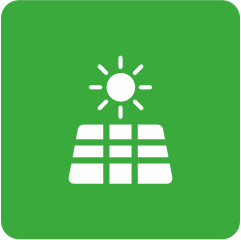
Head of lab
About
Benefits of collaboration with KUT
- optimisation of microgrid design and construction in terms of efficiency and investment and operating costs
- innovation of solutions
- improving local power security.
The main research goals of the Laboratory:
- Research and measurement:
– Mechanical and electrical parameters of photovoltaic modules on the laboratory scale or at the customer’s site
– Power balance in power microgrid nodes.
– Battery charging station parameters.
– Functionality of electric vehicles for defined needs.
– Aerodynamic drag coefficient of objects in the wind tunnel. - Completion of devices powered by renewable energy sources and their parameters for specific energy demand profiles.
- Development of operating scenarios for the power microgrid for given expectations.
- Operational analysis of a power microgrid using digital twins.
- Evaluation of the ecological effect of the planned or constructed microgrid.
- Managing the quality of the operation of industrial plants and energy cooperatives in terms of energy efficiency and reliability.
Research and development services provided to the industry may be performed individually or in package form.
Laboratory equipment and apparatus
Electricity microgrid:
- Steering Centre for Monitoring and Management of the Production, Distribution, and Storage of Energy from Renewable and Low Emission Sources.
- Server room for acquiring measurement data on energy production, flow and storage.
- Infrastructure integrating energy consumption in four teaching buildings, a library, and two server rooms of the Kielce University of Technology.
- Unstable sources in the form of a photovoltaic installation with a capacity of 500 kW located on carports and 20 kW located on the roof of a building.
- Unstable sources in the form of vertical-axis wind turbines with a total power of 24 kW installed in university buildings.
- Stable source in the form of a power generator powered by natural gas with a capacity of 100 kW.
- Stationary energy storage, which uses lithium-ion batteries, with a power of 500 kW and energy capacity of 400 kWh, and mobile energy storage – three electric vehicles.
- Plug-in electric vehicle charging points: DC 50kW (2 pcs.) AC 22KW (10 pcs.).
- Software PVSol for designing photovoltaic installations.
- Software ETAP for designing a microgrid.
Mobile Laboratory for Measuring and Testing Photovoltaic Modules:
The Led Sun Simulator 4.0 mobile laboratory can measure electrical parameters and perform thermal imaging and electroluminescence tests of photovoltaic modules. The Led Sun Simulator 4.0 mobile laboratory allows you to perform tests according to the TUV IEC 60904-9 certification, class A+A+A+. The mobile laboratory includes the following:
- solar simulator with full spectrum LED flasher for mono- or multicrystalline modules, PERC and thin-film modules with a radiation intensity range of 200 to 1200 W/m2;
- electroluminescence;
- thermal imaging.
Thanks to the infrastructure installed on the roof of the building, it is possible to test the module parameters in real conditions and perform comparative tests, as well as analyse the efficiency of PV modules in any geographical location.
DJI MATRICE 200 V2 drone for detecting defects using a ZENMUSE XT 2 thermal imaging camera (FLIR):
- TimeSync system – increased geotagging precision.
- FPV camera.
- Thermal imaging camera with a thermal imaging sensor with a resolution of 640×512 and a refresh rate of 30 Hz.
- Digital zoom: 640×512: 1x, 2x, 4x, 8x.
- Pixel size: 17 μm.
- Range of detected temperatures (high gain): 640×512: -25°C do 135°C.
- Range of detected temperatures (low gain): od -40° do 550°C.
- Photo format: JPEG, TIFF, R-JPEG.
- Video format: 8 bit: MOV, MP4; 14 bit: TIFF Sequence.
Aerodynamic tunnel:
- Dimensions of the measuring section: width, height, length: (0.3 x 0.3 x 0.42) m.
- Tunnel flow speed: (3.2–28) m/s.
- Ability to adjust the angle of attack: 0-150o.
- Measurement accuracy of the lift force: less than or equal to +/- 4N.
- Transparent and closed measuring section.
- Fan motor with adjustable speed.
- Stabilisation of the air flow.
- Electronic sensor for measuring two components of flow force.
- Surface roughness meter.
- Available research objects: sphere, hemisphere, disc, ring, square, cylinder, paraboloid, streamlined object, concave object, and ribbed object.
- Possibility of designing and constructing any 3D research object made of plastics, ceramics, or metal alloys.

